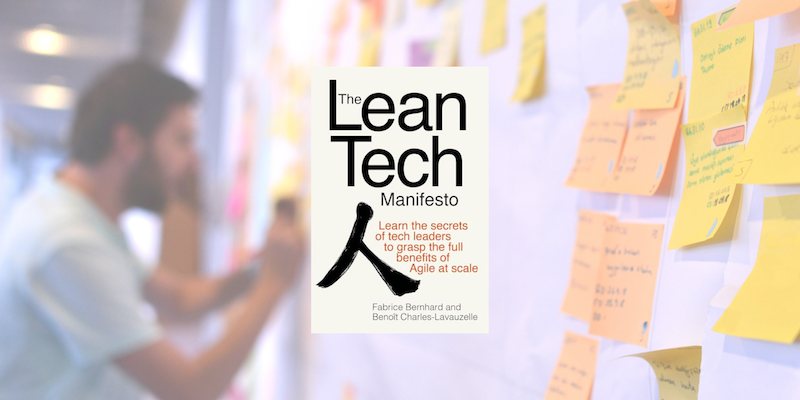
The Lean Tech Manifesto
INTERVIEW – A recently-published book discusses how Lean is the only way for a company to scale while retaining an Agile culture. We talk to one of the authors.
Interviewee: Fabrice Bernhard
Roberto Priolo: Congratulations on publishing The Lean Tech Manifesto! I think it's an invaluable contribution to the lean digital discourse. Can you tell us in a nutshell what the book's key message is? Who did you write it for?
Fabrice Bernhard: Thanks Roberto! In a nutshell, the book is about how leading tech organizations have scaled with an agile culture by leveraging Lean Thinking and tech innovation. We wrote it for leaders in tech organizations who might have successfully experimented with agile at small scale, but struggle to get the same outcomes at a larger scale.
RP: Speaking of writing, this is your first book. What was the experience of writing like? What did it teach you?
FB: Writing has been an incredible challenge. There is a huge gap between having models and ideas that you use every day – which, therefore, you have the feeling of mastering – and the considerable effort required to make them understandable and applicable to other organizations. Having said that, the process of writing The Lean Teach Manifesto led us to a much deeper level of understanding, and to new discoveries. For example, it helped us to identify the pattern of "tech-enabled network of teams", when we realized that many large tech organizations that are notoriously agile had leveraged technology at key moments in their growth journey to allow for more distributed collaboration.
RP: The lean industry and the agile industry have historically looked at each other with suspicion. In my mind, this book can act as a bridge between the two. What message would you like each of the two communities to take away about the other?
FB: If the book can help both communities come closer together, that would be a very positive achievement. Lean has heavily inspired Agile, and there is a lot more the Agile community can learn from acquiring the lean knowledge generated over the decades. On the other hand, the Lean community should look into the innovations of tech companies, in particular how they leverage technology to create more modular organizations and enable more distributed collaboration. For example, Tesla has brought an agile software culture to the car industry, with some very interesting innovations introduced along the way.
RP: The Lean Tech Manifesto challenges the different elements of the Agile Manifesto. It's a clever way of looking at and breaking down how lean can elevate agile! Why did you decide to go for a Manifesto rather than a model/framework (like most business books do)?
FB: We wanted to build on the genius of the original Agile Manifesto – which successfully captured in four core principles what made an agile software team so much more compelling than its bureaucratic counterpart – and show that it is possible to adapt the principles to make the manifesto work in large organizations, too.
RP: How is the Agile community receiving this book? What about the Lean community?
FB: The book is being very well received by both communities and probably arriving at the right time. Both communities are at an interesting turning point. In the Lean community, for instance, the Future of People at Work symposium taking place this month in Detroit, Michigan will be looking at how transformations linked to knowledge work, technology and supply chains are reshaping the future of Lean. In the Agile community, a new "Reimagining Agile" initiative is shaping up, looking at how Agile lost its soul and how to get it back. Hopefully, The Lean Tech Manifesto can contribute to both initiatives.
RP: It's great to see how your experience at Theodo inspires the different parts of the book. What is going on at Theodo at the moment? What are you guys up to?
FB: Among other things, we have been busy exploring how Generative AI will reshape our work. We hope to leverage it to be faster and futher improve collaboration at scale.

THE INTERVIEWEE

Read more


FEATURE – How did lean healthcare organizations respond to the most critical stage of the epidemic? We asked three hospitals in Catalonia and Toledo to share their experience.


FEATURE – This powerful article explains why we should place learning at the heart of our lean strategy to build better products – something Toyota has always done – and how management fits in the picture.
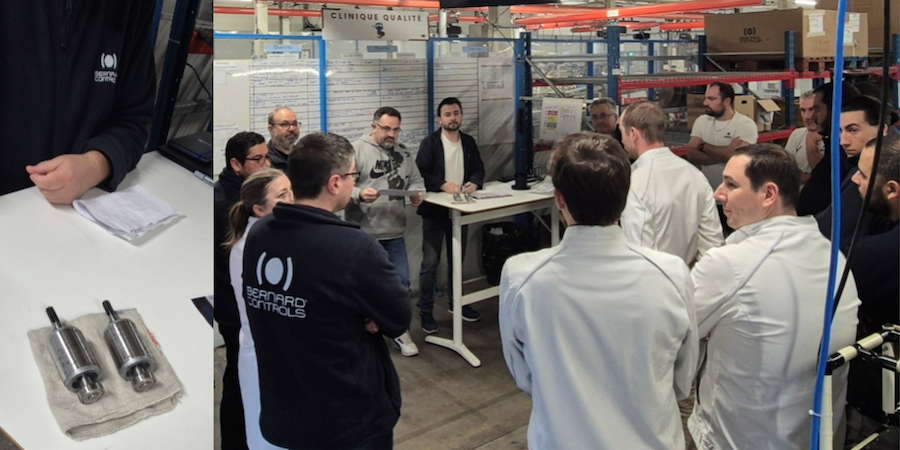

CASE STUDY – Lean Thinking helped Bernard Controls Europe improve efficiency, reduce lead times, and enhance quality, fostering resilience in the post-pandemic industrial landscape.


FEATURE – This insightful piece explores the true meaning of problem solving, looking at the common mistakes leaders make when they adopt some of its key practices.
Read more
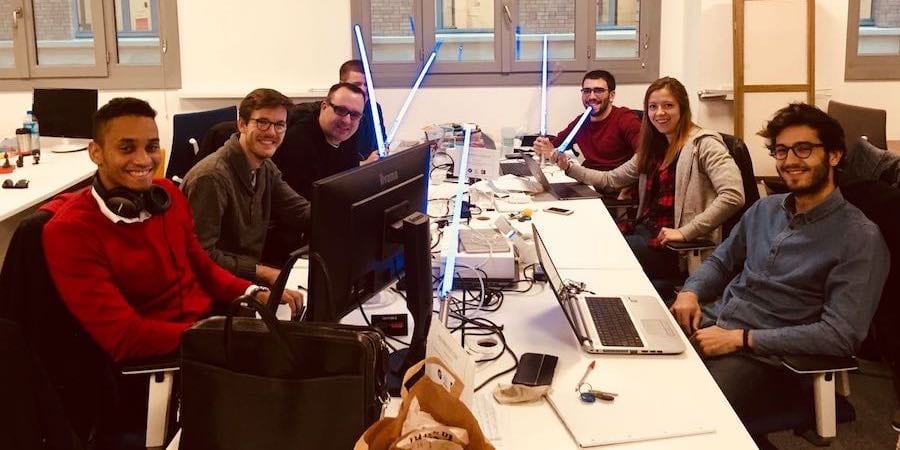

FEATURE – In the second article in our series with Theodo, the CTO tells us about an experiment that showed how problem solving is easier when the job is clearly defined.
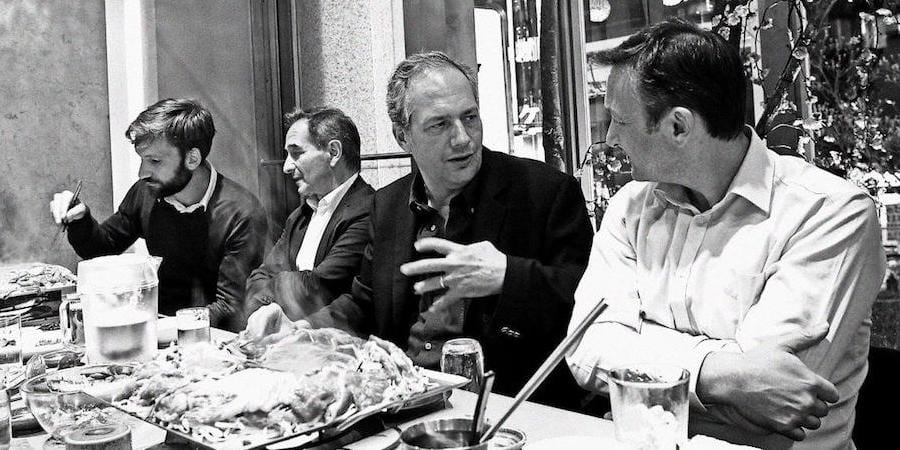

FEATURE – Following a visit to a Toyota supplier in Japan, the authors reflect on the nature of kaizen and explain why we might be looking for it in the wrong place.
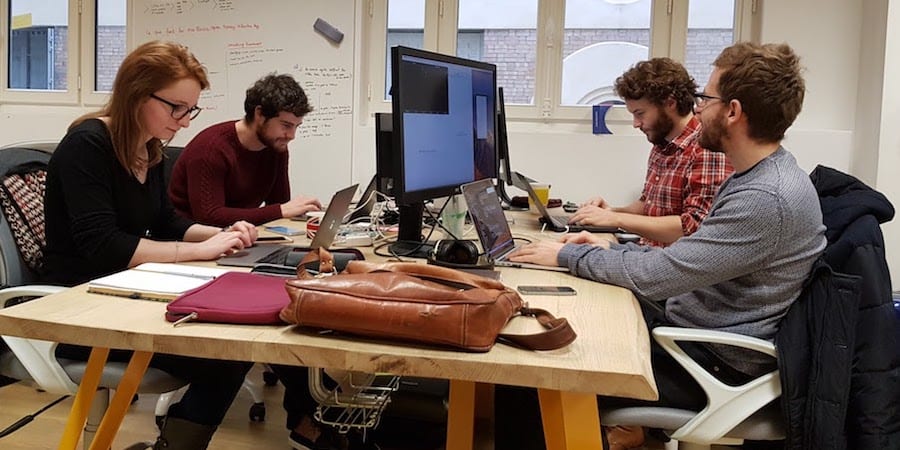

BUILDING BRIDGES – In this new series, people from startup studio M33 discuss their relationship with lean thinking and how the methodology helps them in their daily work.


FEATURE – In this article, we learn how a simple andon system and lean problem solving helped Theodo move past some of the most common obstacles that Agile alone can’t overcome.

